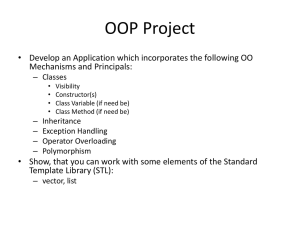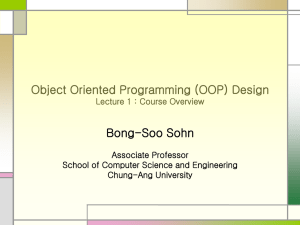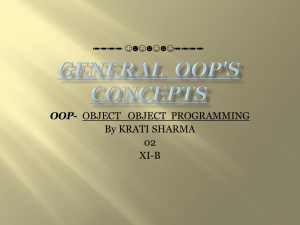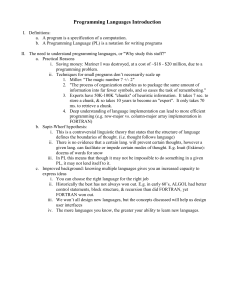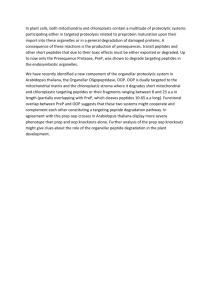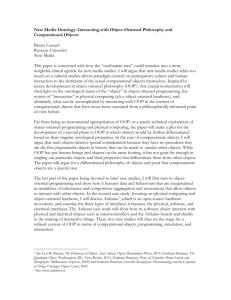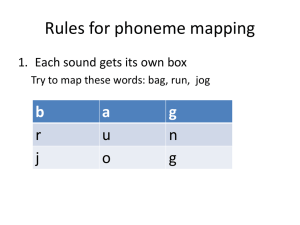Recommendations for the analysis of NHL
advertisement
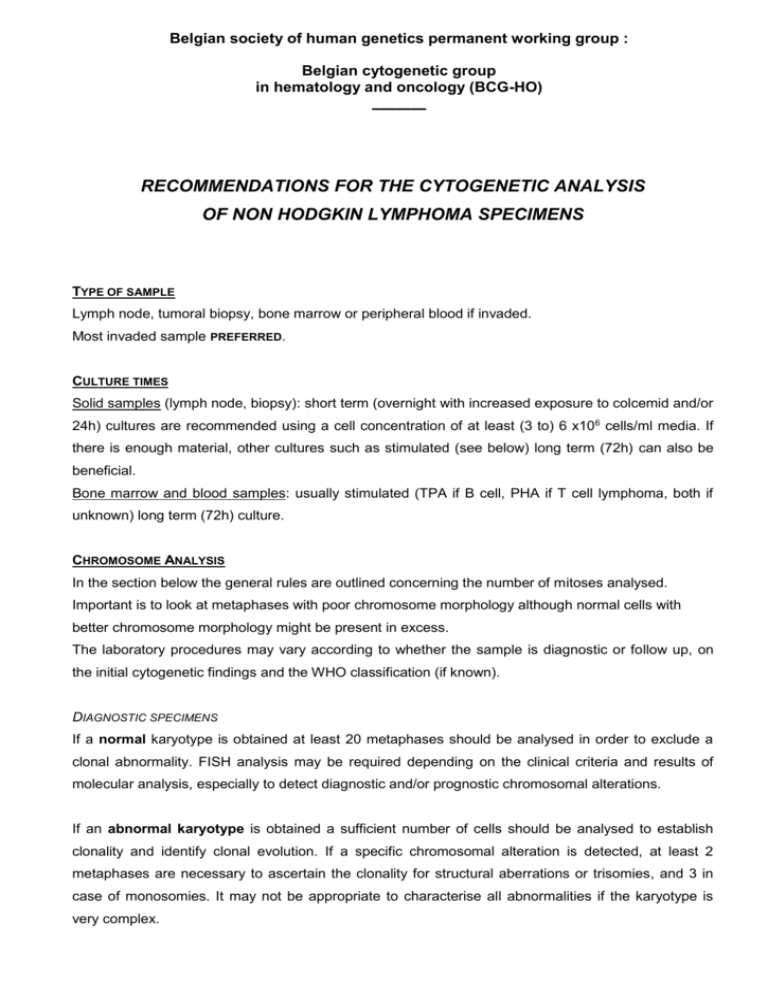
Belgian society of human genetics permanent working group : Belgian cytogenetic group in hematology and oncology (BCG-HO) _______ RECOMMENDATIONS FOR THE CYTOGENETIC ANALYSIS OF NON HODGKIN LYMPHOMA SPECIMENS TYPE OF SAMPLE Lymph node, tumoral biopsy, bone marrow or peripheral blood if invaded. Most invaded sample PREFERRED. CULTURE TIMES Solid samples (lymph node, biopsy): short term (overnight with increased exposure to colcemid and/or 24h) cultures are recommended using a cell concentration of at least (3 to) 6 x106 cells/ml media. If there is enough material, other cultures such as stimulated (see below) long term (72h) can also be beneficial. Bone marrow and blood samples: usually stimulated (TPA if B cell, PHA if T cell lymphoma, both if unknown) long term (72h) culture. CHROMOSOME ANALYSIS In the section below the general rules are outlined concerning the number of mitoses analysed. Important is to look at metaphases with poor chromosome morphology although normal cells with better chromosome morphology might be present in excess. The laboratory procedures may vary according to whether the sample is diagnostic or follow up, on the initial cytogenetic findings and the WHO classification (if known). DIAGNOSTIC SPECIMENS If a normal karyotype is obtained at least 20 metaphases should be analysed in order to exclude a clonal abnormality. FISH analysis may be required depending on the clinical criteria and results of molecular analysis, especially to detect diagnostic and/or prognostic chromosomal alterations. If an abnormal karyotype is obtained a sufficient number of cells should be analysed to establish clonality and identify clonal evolution. If a specific chromosomal alteration is detected, at least 2 metaphases are necessary to ascertain the clonality for structural aberrations or trisomies, and 3 in case of monosomies. It may not be appropriate to characterise all abnormalities if the karyotype is very complex. 2/3 FOLLOW UP SPECIMENS If the karyotype was normal at diagnosis chromosome analysis is not deemed contributive for remission specimens. At relapse analysis should follow the recommendations for diagnostic samples. If an abnormal karyotype was detected at diagnosis it is preferable to screen at least 30 cells for the pertinent abnormalities rather than do a full analysis of 10-20 cells. Interphase FISH could also be performed if an informative probe is available. FISH ANALYSIS The general guidelines outlining the circumstances where FISH analysis is appropriate should be followed. In addition to these general recommendations an NHL FISH strategy orientated by cytogenetic findings and morphological subgroups is recommended (Table here below). FISH in Non Hodgkin Lymphoma 3/3 (excluding chronic lymphoproliferative disorders, and lymphoblastic lymphoma which has to be considered as acute lymphoblastic leukaemia : see specific recommendations) patient lineage karyotype FISH ? lymphoma subtype recurrent prognostic rearrangement follicular L informative no B adult child (<18years) not informative yes informative no not informative yes T t(14;18)(q32;q21) and variants if neg. : t(3;14)(q27;q32) and variants mantle cell L t(11;14)(q13;q32) if neg. : t(12;14)(p13;q32) and t(6;14)(p21;q32) Burkitt L t(8;14)(q24;q32) and variants diffuse large cell L t(3;14)(q27;q32) and variants aggressive or child t(8;14) ? follicular L transf. t(14;18) primitive mediastinal B cell L (+9p) marginal zone L : MALT L t(11;18)(q21;q21) or t(14;18)(q32;q21) or t(3;14)(p13;q32) nodal/leukemic MZL +3,+18 splenic MZL del(7q) +3,+18 lymphoplasmocytic L t(9;14)(p13;q32) Waldenström del(6q), (+4 and del(13q)) other other Ig rearrangement +12,i(9p) FISH target(s) IgH/BCL2 or BCL2 BCL6/3q27 IgH/CCND1 CCND2 and CCND3 MYC/8q24 BCL6/3q27 (or IgH ?) MYC/8q24 IgH/BCL2 (JAK2) MALT1/18q21 FOXP1/3p13 PAX5/9p13 IgH/14q32 according to clinical and morphological features anaplastic large cell L γδ T L other t(2;5)(p23;q35) or t(2;other) i(7)(q10) TCR genes rearrangement according to clinical and morphological features ALK/2p23 i(7)(q10) TRα/TRδ/14q11, TRβ/7q34, TRγ/7p14
